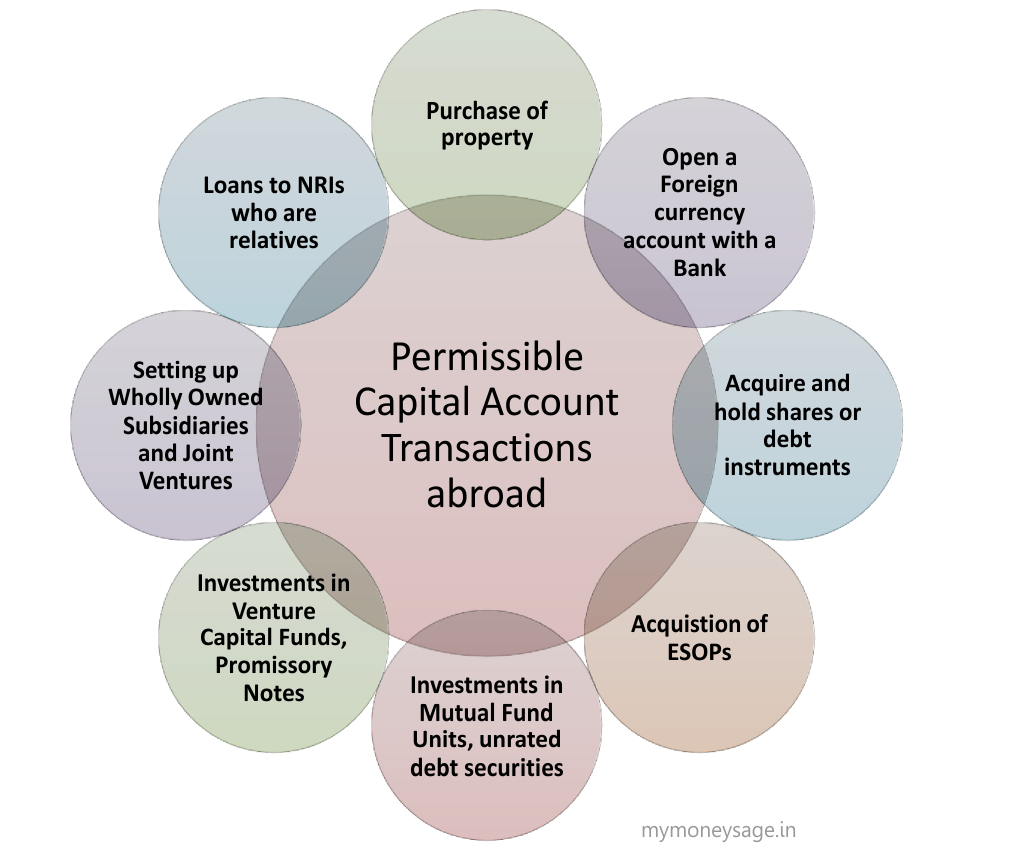Relevance: Mains: G.S paper III: Indian economy
Context:
- The norm for Budget presentations to wax eloquent about the government’s commitment to easing the compliance burden for honest taxpayers and its keenness to promote ‘ease of living’ and ‘ease of doing business’.
• But the fine print in the accompanying Finance Bill usually has the opposite effect — of making life infinitely more complicated for the taxpayer.
Liberalised Remittance Scheme:
- A good instance of this in the latest Budget is the decision to impose Tax Collection at Source (TCS) on remittances under RBI’s Liberalised Remittance Scheme (LRS).
• From April 1, the Centre has required all authorised foreign exchange dealers who remit sums in excess of ₹7 lakh under LRS and sellers of overseas tours packages, to collect a 5 per cent TCS from the spender, to deposit with the taxman.
• While the stated intent of this is to widen the tax base, it imposes an unnecessary compliance burden on individuals for legitimate transactions that are not even liable to tax.
Impact of Tax Collection at Source:
- Initially introduced to pin down high-value car and jewellery purchases funded by hard cash, the TCS levy has lately spread its tentacles to cover a wide range of unrelated transactions that the taxman suspects are conduits for evasion, even if routed through banking channels.
• Apart from LRS, TCS provisions now apply to the sale of alcohol, timber, minerals, scrap and vehicles exceeding ₹10 lakh in value for ‘trading purposes’ and even sale of goods of value exceeding ₹50 lakh.
• The new TCS on LRS will cause undue hardship not only for Indians undertaking one-off capital transactions overseas, but also for tourists in transit in India and parents with wards pursuing overseas education, who need to frequently remit living expenses and fees.
• The Centre’s view seems to be that TCS isn’t a burden given that the remitter can claim credit for it when he files his annual tax return, there’s really no good reason why an individual must lock up his cash flows with the tax department for months on end, for a transaction that isn’t even liable to tax.
• Given that LRS remittances can only be routed through authorised banks and require documentation, it is unclear why the tax administration cannot collect this information from authorised dealers and match it with individual tax returns to identify evaders.
Way forward:
- Instead of sweeping more items under TCS or TDS, the Centre needs to ask why the tax administration needs to be spoon-fed so much new data by the taxpayer, when it is already collecting truckloads of information from TDS filings, Annual Information Returns and a host of new disclosures demanded in the IT returns each year.
• With the tax database now carrying details of both the PAN and Aadhaar numbers of taxpayers and GST returns available to cross-verify data, the Indian tax administration should be able to rely on in-house data mining and artificial intelligence capabilities to track down evasion without resorting to blunt instruments such as TCS.



